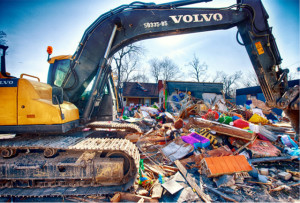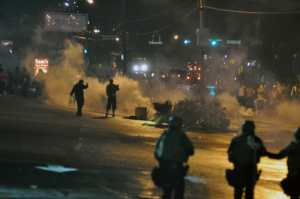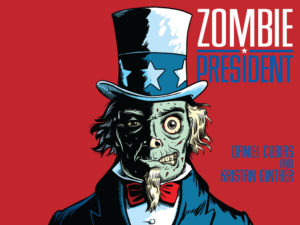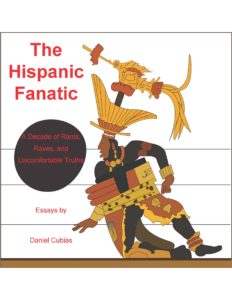Now that we’ve gone almost a full week without any bizarre allegations or devastating accusations erupting from the White House, we can turn our attention to other illuminating facts about life in Trump’s America.
For example, here’s a fun fact: Did you now that around 11 million white Americans are basically Nazis?
Hmm, I guess that is less a “fun fact” and more of a “holy shit, what the hell is going on” kind of statistic.
But it is, unfortunately, true. A recent study implies that “whether or not they would describe themselves as alt-right,” about 6 percent of white Americans “share the movement’s belief in a politics that promotes white interests above those of other racial groups.”
What this means, statistically, is that if you gather together 100 white Americans, about a half-dozen of them will say, “You know, Hitler had some good ideas.”
Now, for some time now, we’ve been hearing that alt-right goons are a tiny fringe group making a lot of noise. Certainly, there’s mo more than a few thousand zealots out there — right?
Well, no.
Because this study shows that white supremacist ideas “are more popular than it might seem. Large numbers of people think the way that they do, and shape their political identity around a sense of white grievance and identity.”
In case you think the researchers are inflating their numbers, keep in mind that the study took pains to exclude plain old racists and borderline bigots from the final analysis. The study honed in on those who are at the top of the hate pyramid, people who supported the tiki-wielding assholes in Charlottesville last year, even if they never said it out loud.
As the researchers pointed out, such individuals “may not march around the streets yelling, ‘Jews will not replace us!’ but they are extremely receptive to a politics that positions whites as victims and a growing minority population as an existential threat.”
By the way, that figure of 11 million Americans is roughly equivalent to the populations of New York City (8.5 million) and Chicago (2.7 million) combined. It also means there are enough neo-Nazis in this country to fill the entire state of Georgia (the eighth largest state), with a few leftover.
And in a truly ironic twist, there are potentially more alt-right supporters in this nation than undocumented immigrants.
Again, the study focused on hardcore white supremacy. So the percentage of white Americans who are at least a little racist is even bigger.
For example, you might be amused to know that almost 40 percent of white Republicans have personally used the n-word in the past five years. Again, that’s not “have you ever used the n-word in your life?” That’s just within the past five years.
But don’t worry, just 27 percent of white Republicans think using the n-word is acceptable… wait, shouldn’t that be 0 percent?
In any case, these findings fit “with a larger body of work finding a sea change” in the Democratic Party’s attitudes toward race “without any corresponding movement on the Republican side.”
Basically, a lot of white Americans — Republicans in particular — truly think there are good people on both sides.














